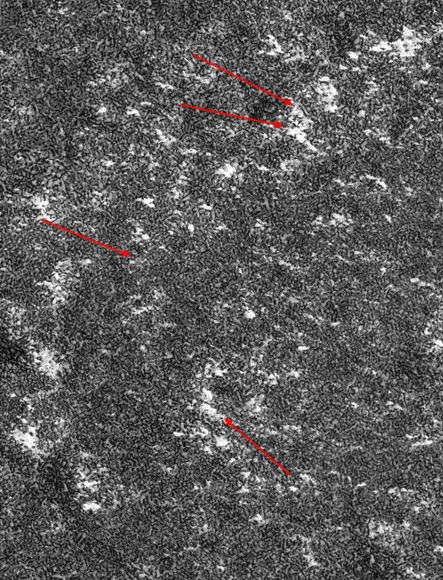No word yet from the Phoenix Mars Lander and, really, mission managers don’t expect to hear from the lander. But that doesn’t mean they aren’t trying. Teams are currently attempting to make contact, with another — and final — series of attempts that may occur next month.
“We haven’t heard a peep since late 2008, when a dust storm combined with the onset of winter to end the mission,” said Mark Lemmon from Texas A&M University, who worked with Phoenix’s camera. “But if Phoenix did survive, a revived mission could uncover some of the climate processes in the area around Mars’ North Pole, where most of the water seems to be.”
[/caption]
Last contact with Phoenix was back in October 2008, and the teams that worked with the lander are holding out hope that some of the electronics on board survived the severe Martian winter, which dwarfs anything seen on Earth (even the Snowmageddons and Snowpocalypses). Temperatures fall to minus-180 degrees for months at a time and carbon dioxide ice likely engulfed the Phoenix lander. Still, Lemmon said he is ready to help take more pictures and analyze more data if the Lander can be restored to life.
“Phoenix accomplished its mission,” he said, “and it was never designed to survive a Martian winter. In winter, heavy amounts of carbon dioxide frost may have accumulated on its solar panels and it is possible they broke off. Without those panels, which give Phoenix its energy source, it’s pretty much powerless. In addition, other parts may have failed in the extreme cold.”

The Phoenix Lander, which landed on Mars May 25, 2008, was designed to dig for soil samples and buried ice near Mars’ North Pole. It also studied Mars’ polar weather.
Phoenix returned more than 30,000 images and made several chemical analyses of the soil above the Martian permafrost. Those analyses found carbonate minerals in the soil, showed that the composition of the soil is near that of Earth’s oceans rather than being acidic, and found perchlorates, which are present in soils in Chile’s Atacama desert on Earth, where they are used as food by some species of bacteria.
Recent images from the Mars Reconnaissance Orbiter show frost in the area around Phoenix’s landing site is now dissipating. Last month, the Mars Odyssey spacecraft, which orbits the planet, made 30 attempts to contact Lander. All failed.
Lemmon says the Lander mission was a success by any measurement.
“The soil samples it dug up show several possible energy sources, such as perchlorates,” he adds, “and that discovery will have a big impact on future plans to explore Mars. The weather information Phoenix returned will be very useful in understanding Mars’ climate, and the discovery of water-ice snowfall near the end of the mission is still amazing.”
Source: Texas A&M University


Thanks for the update… Come on Phoenix, PHONE HOME!
RIP Phoenix Mars Lander. It is another in humanity’s contribution of artifacts on the martian surface.
LC